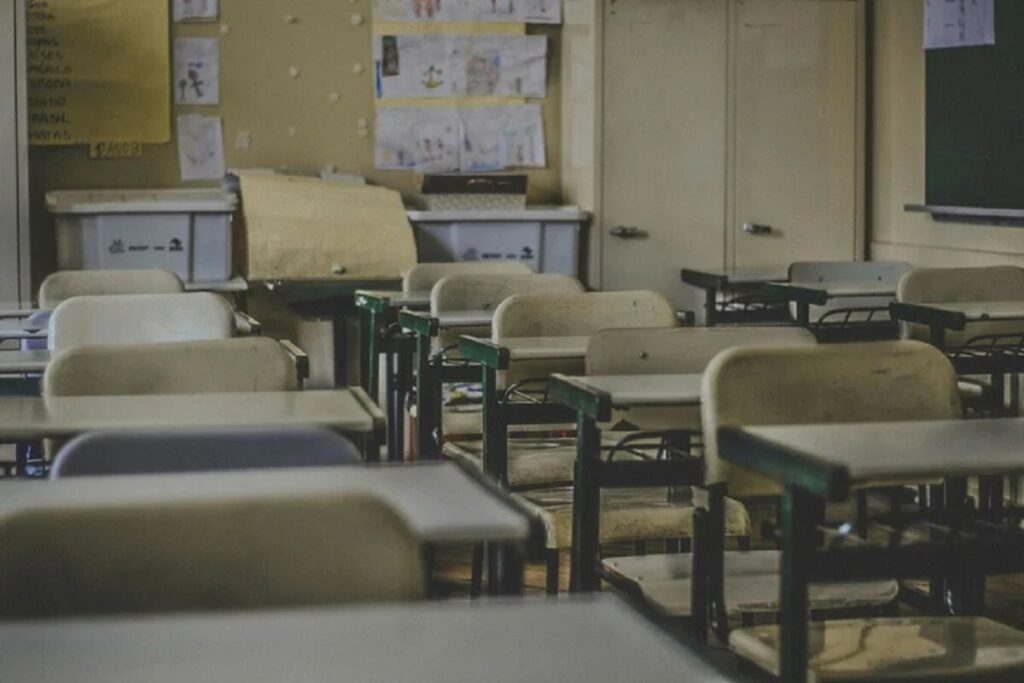In 2009, Sweden made a bold move in its education system: it decided to replace traditional textbooks with computers and digital tools in schools. The goal was to modernize education and prepare students for a rapidly evolving digital world. Fifteen years later, this decision is now being questioned, as the country confronts unexpected challenges and the need to revisit its approach.
A Move for Innovation
Back in 2009, Sweden’s shift towards digitalization in education was seen as a necessary step towards a more modern, flexible learning environment. The government at the time believed that computers and tablets would make learning more engaging and accessible. Printed textbooks were gradually phased out in favor of digital resources, which were expected to be more cost-effective in the long run and easier to update.
The vision was clear: empower students with digital tools, giving them access to a wealth of information and allowing them to learn in new, innovative ways. But despite Sweden’s strong reputation in global education rankings, this shift to digital learning has not been the success many had hoped for. In fact, recent studies and feedback from teachers and parents have highlighted some significant shortcomings.
The Drawbacks of Screen-Based Learning

One of the main criticisms has centered around the negative effects of screen-based reading. Several studies have shown that reading on backlit screens can cause eye strain and lead to reduced concentration, especially compared to reading from paper. More importantly, memory and comprehension appear to suffer when students read digitally, rather than with traditional books. It seems that the tactile experience of holding a book and turning its pages plays an important role in cognitive engagement.
Beyond the reading issue, the digital devices themselves have proven to be a major source of distraction. Instead of focusing on lessons, many students end up using computers and tablets to play games, browse the internet, or engage in other non-educational activities. This digital dependence has raised concerns about its impact on students’ social skills and their ability to stay focused in class.
Returning to the Basics
Faced with these growing concerns, the Swedish government has decided to reverse its digital-only approach. Between 2022 and 2025, the government has pledged to invest €104 million to reintroduce physical textbooks in schools. The goal is to ensure that each student has a paper textbook for every subject, providing a tangible, distraction-free learning experience.
This new initiative aims to strike a balance between the benefits of digital tools and the need to maintain traditional learning methods. Schools will be encouraged to use digital devices in a more moderate way, integrating them into teaching when necessary, but without allowing them to replace the fundamental building blocks of education.
The Rise of Fundamental Skills
This change comes in response to a worrying trend: a decline in students’ basic skills, particularly in reading and writing. The overuse of digital tools from a young age is thought to have contributed to these difficulties. Parents have voiced frustration over how easily their children become distracted by computers, undermining the educational potential of these devices.
For Swedish officials, this represents a strategic mistake: abandoning traditional learning tools too quickly, without fully understanding the long-term consequences of such a drastic shift. In hindsight, it seems that the country’s education system may have neglected the value of foundational learning practices, which are essential for students’ cognitive development.
A Hybrid Approach Moving Forward
This return to books does not mean a complete rejection of digital tools. Sweden still acknowledges the benefits of technology in education, especially when it comes to diversifying teaching methods or accessing online resources. The key, however, is to use digital tools sparingly and in appropriate contexts, ensuring they complement traditional educational methods rather than replacing them entirely.
Sweden’s new approach signals a shift towards a more balanced education system—one that integrates the best of both worlds: the efficiency of modern technology and the depth and focus that comes with physical learning materials. While digital tools will continue to play a role, they will no longer dominate the classroom, as Sweden embraces a more holistic and well-rounded approach to learning.






